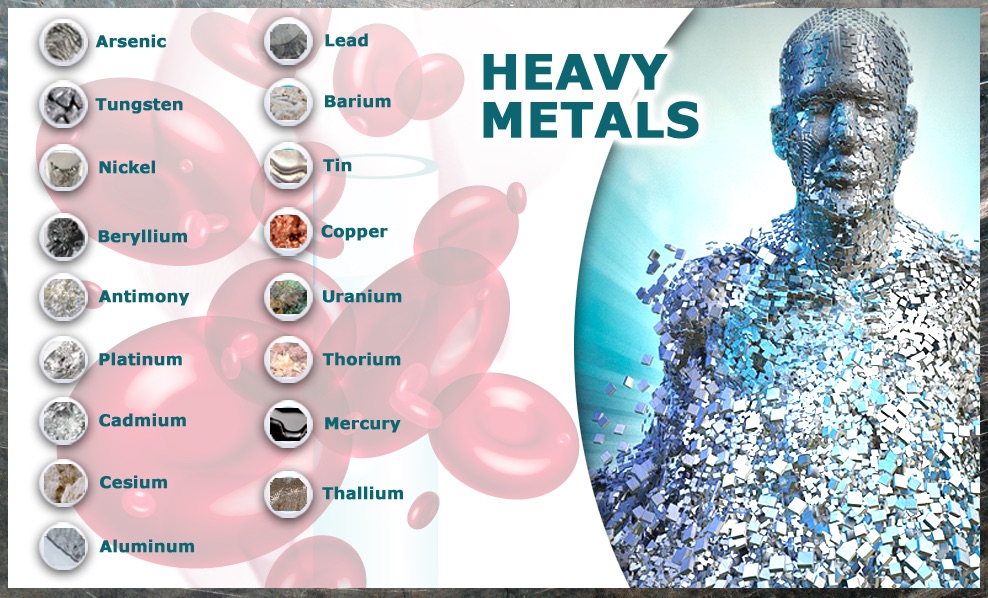

Trouble ambulating, including walking, swimming, running, or biking.Pain and irritation in the implant area.If you have a metal-on-metal hip implant, is it vital to watch out for these signs of potential cobalt poisoning: The dangerous nature of metal blood poisoning has led to numerous recalls of metal-on-metal hip replacement devices in recent years.

Signs and Dangers of Cobalt PoisoningĬobalt poisoning is extremely dangerous and carries a host of known side effects and symptoms.

Some experts are now calling for all recipients of metal-on-metal implants to get regular blood tests in order to look out for metal blood poisoning. Many patients have had to undergo corrective surgery to replace or revise these implants surgeons often identify metal blood poisoning as the ultimate reason the revision is needed. In the years since, medical experts have discovered that metal-on-metal implants have a significantly higher rate of failure after just a few years than other types of implants, such as ceramic or plastic. Corrosion is exacerbated by the grinding together of the separate metal parts of these implants as a person walks, building up cobalt levels in the bloodstream over time.Ĭobalt was originally chosen for hip replacements because it was seen as more durable and less susceptible to corrosion than other materials. Medical literature has shown that metal-on-metal hip implants corrode over time, releasing cobalt into the bloodstream. What is Cobalt Poisoning?Īlso called “cobaltism” or “metallosis,” cobalt poisoning is a form of tissue destruction caused by excess cobalt and chromium in the body’s blood and tissue. We will fight to ensure that you and your family get the compensation you are owed. If you suspect that you or someone you love is experiencing negative consequences from a metal-on-metal hip replacement, the experienced medical device defect attorneys at Morris Law Firm are ready to help. If you or someone you care about has a metal-on-metal hip implant, it is vital to watch out for the warning signs of cobalt poisoning and to get periodic checkups and blood tests to check for excess cobalt ion levels and negative side effects. In the most severe cases, patients can be left permanently blind, deaf, or facing other conditions such as degenerative heart disease and memory loss. Excess cobalt toxicity can cause severe pain, bone and tissue death, and other serious symptoms. Lung retention of relatively insoluble cobalt compounds such as cobalt oxide may be prolonged, with pulmonary clearance half-lives of 1–2 years.Cobalt Toxicity & Cobalt Poisoning Cases: Los Angeles & NationwideĬobalt poisoning is a severe and dangerous side effect of metal-on-metal hip replacements. The major route of elimination is renal, with half-lives on the order of several hours to a week. It is distributed in serum, whole blood, liver, kidney, heart and spleen.

Cobalt is well absorbed via inhalation and variably absorbed by ingestion. A pregnant woman with bilateral metal on metal hips had blood cobalt concentrations of 138 and 143 mcg/L at 7 and 38 weeks gestation, and delivered a healthy male who showed normal development through age 14 weeks. Cobalt had previously been used therapeutically to treat anemia in pregnancy. There are no reports of overdose in pregnancy. Cobalt can exert toxic effects by interacting with a complex array of biological receptors and proteins to stimulate erythropoiesis, foster generation of reactive oxygen species, interfere with mitochondrial function, inhibit thyroidal iodine uptake, and alter calcium homeostasis.Ĭobalt is considered a possible carcinogen (Class 2B by the International Agency for Research on Cancer).


 0 kommentar(er)
0 kommentar(er)
